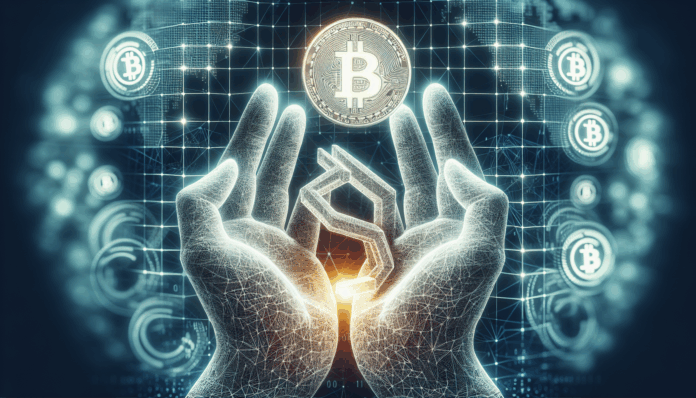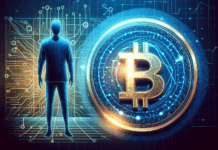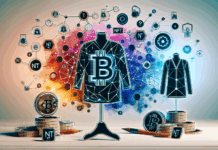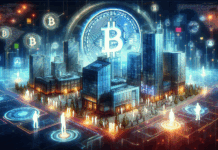Introduction
Have you ever wondered how NFT governance mechanisms function and influence the digital art landscape? According to recent surveys, over 60% of NFT holders express confusion about governance in decentralized platforms. This article will demystify NFT governance mechanisms by exploring their significance, types, and impact on the overall health of the NFT economy.
What are NFT Governance Mechanisms?
NFT governance mechanisms refer to the rules and structures that dictate how decisions are made within NFT ecosystems. These mechanisms help maintain order, drive innovation, and ensure community involvement. Think of it as the operating manual for a busy marketplace—especially for virtual currencies and NFTs.
The Importance of Governance in NFTs
Without effective governance, the NFT space could face challenges such as:
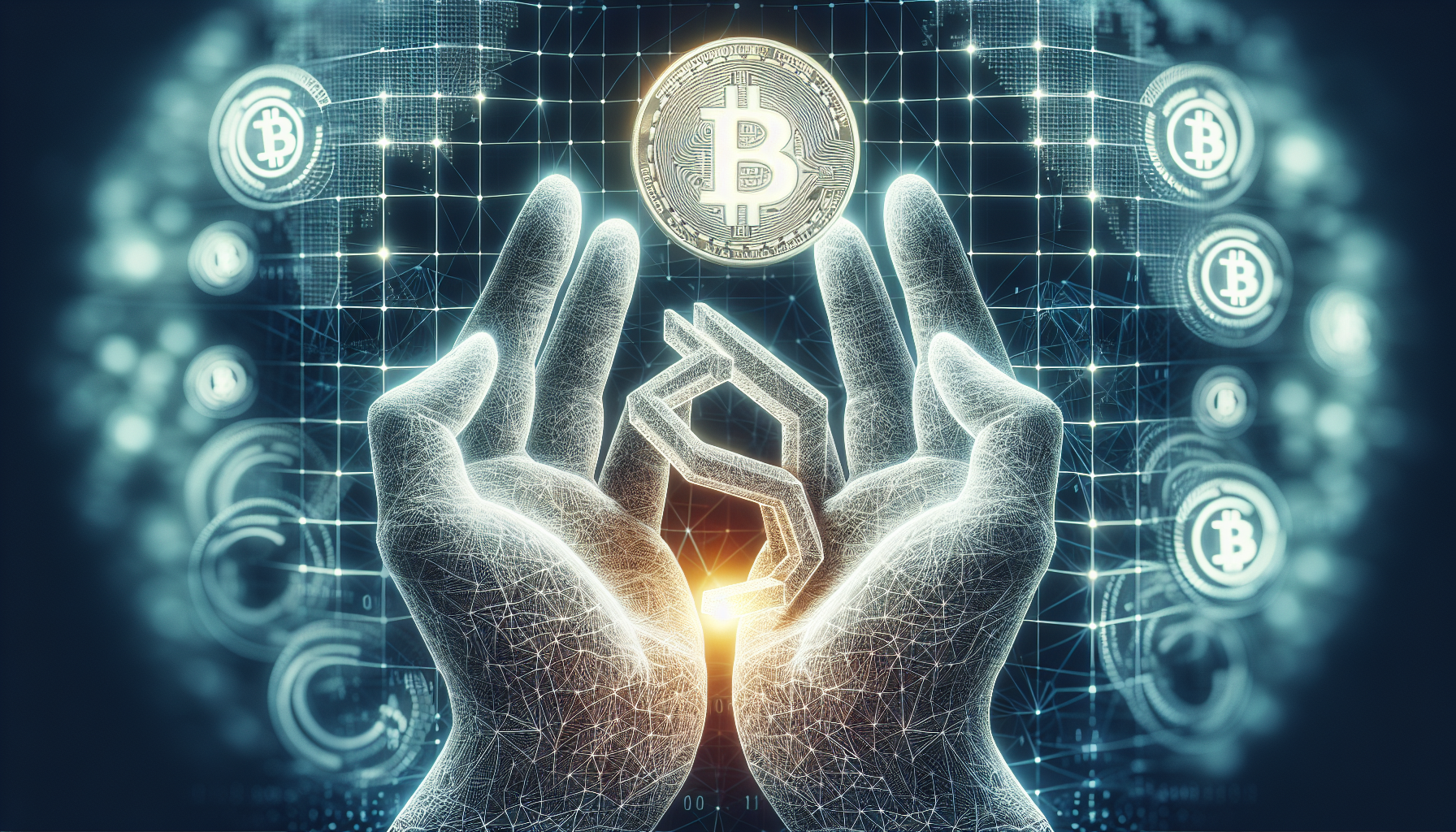
- Lack of accountability for transactional processes
- Unequal power distribution among stakeholders
- Decreased trust from participants, leading to market instability
Just like in traditional markets, healthy governance frameworks enhance the robustness of digital currency trading, ensuring that every participant’s voice is heard and respected.
Types of Governance Mechanisms in the NFT Space
There are mainly two types of governance structures:
1. Centralized Governance
Under centralized governance, a single entity controls decisions regarding the NFT project, similar to how a traditional corporation operates. This approach may simplify decision-making but can relinquish community input.
2. Decentralized Governance
Decentralized governance mechanisms empower token holders to vote on proposals and changes, fostering a sense of ownership and community. This is akin to a town hall meeting where every resident, or in this case, token holder, can voice their vote on new developments.
Real-World Examples of NFT Governance
Several platforms have successfully implemented governance mechanisms:
- Decentraland: Token holders can vote on the allocation of funds and amendments to the virtual economy.
- Rarible: Implements a decentralized autonomous organization (DAO) framework, granting holders the ability to influence platform decisions.
These examples highlight that robust governance in NFT ecosystems is not just beneficial but essential for long-term viability.
Conclusion
In summary, NFT governance mechanisms are critical for ensuring fair practices and community involvement in the digital economy. Understanding these structures empowers users and creators alike to navigate this rapidly evolving landscape with confidence. For anyone looking to engage in digital currencies and NFTs, it is vital to grasp the intricacies of governance structures.
If you want to learn more about safe NFT trading practices, don’t hesitate to download our complete NFT trading guide now!

